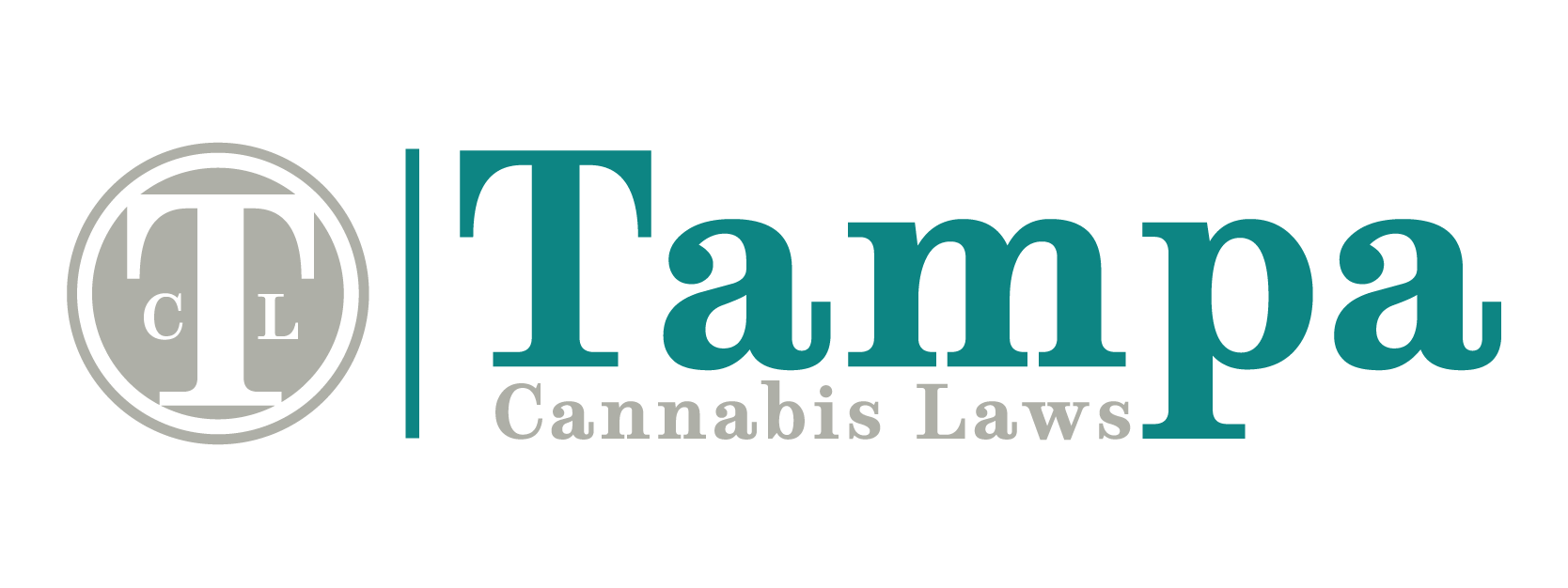The legal status of cannabis in South America varies significantly across countries, with policies ranging from full legalization to strict prohibition. This article provides an overview of each country’s stance on medical and recreational cannabis use.
Uruguay
Uruguay stands out as a pioneer in cannabis reform, becoming the first country globally to fully legalize both medical and recreational cannabis in 2013. The government regulates the production, distribution, and sale of cannabis, allowing residents to purchase it from pharmacies, grow it at home, or join cannabis clubs.
Argentina
In Argentina, the Supreme Court decriminalized the possession of drugs for personal use in 2009, ruling that adults should be free to make lifestyle decisions without state intervention. While recreational use remains decriminalized, medical cannabis is legal, and the government has taken steps to regulate its use and distribution.
Brazil
Brazil decriminalized the possession of drugs for personal use in 2006, replacing prison sentences with educational measures and community service. However, the law does not clearly define the distinction between users and traffickers, leading to legal ambiguities. Medical cannabis is legal under specific regulations, primarily for patients with certain medical conditions.
Chile
Chile has made significant strides in cannabis reform. In 2015, the government legalized medical cannabis, and by 2017, pharmacies began selling cannabis-based products to patients. Recreational use is decriminalized for private consumption, and Chile boasts the highest per-capita use of cannabis in South America.
Colombia
Colombia decriminalized the possession of small amounts of cannabis in 2012 and legalized medical cannabis in 2015. The country has established a comprehensive regulatory framework for the cultivation, production, and distribution of medical cannabis products, positioning itself as a significant player in the global cannabis market.
Ecuador
Ecuador’s 2008 constitution considers drug consumption a health concern rather than a criminal offense. In 2013, the government established maximum possession amounts for personal use, effectively decriminalizing small quantities of cannabis. Medical cannabis legislation is more restrictive, and the importation of cannabis-based medicines is tightly controlled.
Paraguay
Paraguay is recognized as a major cannabis producer in South America. The country has a legal medical marijuana program and has decriminalized the possession of up to 10 grams for personal use. In May 2017, the government authorized the importation of cannabis oil for medical purposes under the health ministry’s supervision.
Peru
Peru legalized medical cannabis in 2017, allowing the production, importation, and commercialization of cannabis oil for medical purposes. However, the implementation of the law has faced challenges, and access to medical cannabis remains limited. Recreational use is still illegal, and possession can lead to legal consequences.
Venezuela
Venezuela maintains strict drug laws, and both medical and recreational cannabis use are illegal. Possession, cultivation, and distribution of cannabis can result in severe legal penalties, reflecting the country’s stringent stance on drug control.
Bolivia
In Bolivia, cannabis remains illegal for both medical and recreational use. The country has not undertaken significant reforms in cannabis legislation, and possession or trafficking of cannabis is subject to harsh penalties under current drug laws.
Conclusion
South America’s approach to cannabis legalization is diverse, with countries like Uruguay leading in comprehensive legalization, while others maintain strict prohibitions. The trend toward decriminalization and medical legalization reflects a broader shift in drug policy, focusing on public health and human rights. However, significant disparities remain, and the legal landscape continues to evolve as societal attitudes and political climates change.
Sources:
- Where cannabis is legal in South America in 2024
- Is Marijuana Legal in South America? Breakdown by Country
- An Analysis of Cannabis Regulations in South America
- The Status of Cannabis in South America
- Medical Cannabis Rules in South American Countries
- A snapshot of CBD and medical cannabis in South America
- Countries with Legal Weed in South America
- Marijuana Laws in Latin America
- Ecuador Legalizes Medical Marijuana as South America Goes Green with Cannabis
- Cannabis Legalization in the South America
- Medical marijuana advances in South America
- Is Weed Legal in Colombia? (2025)
- [Latin American drug



